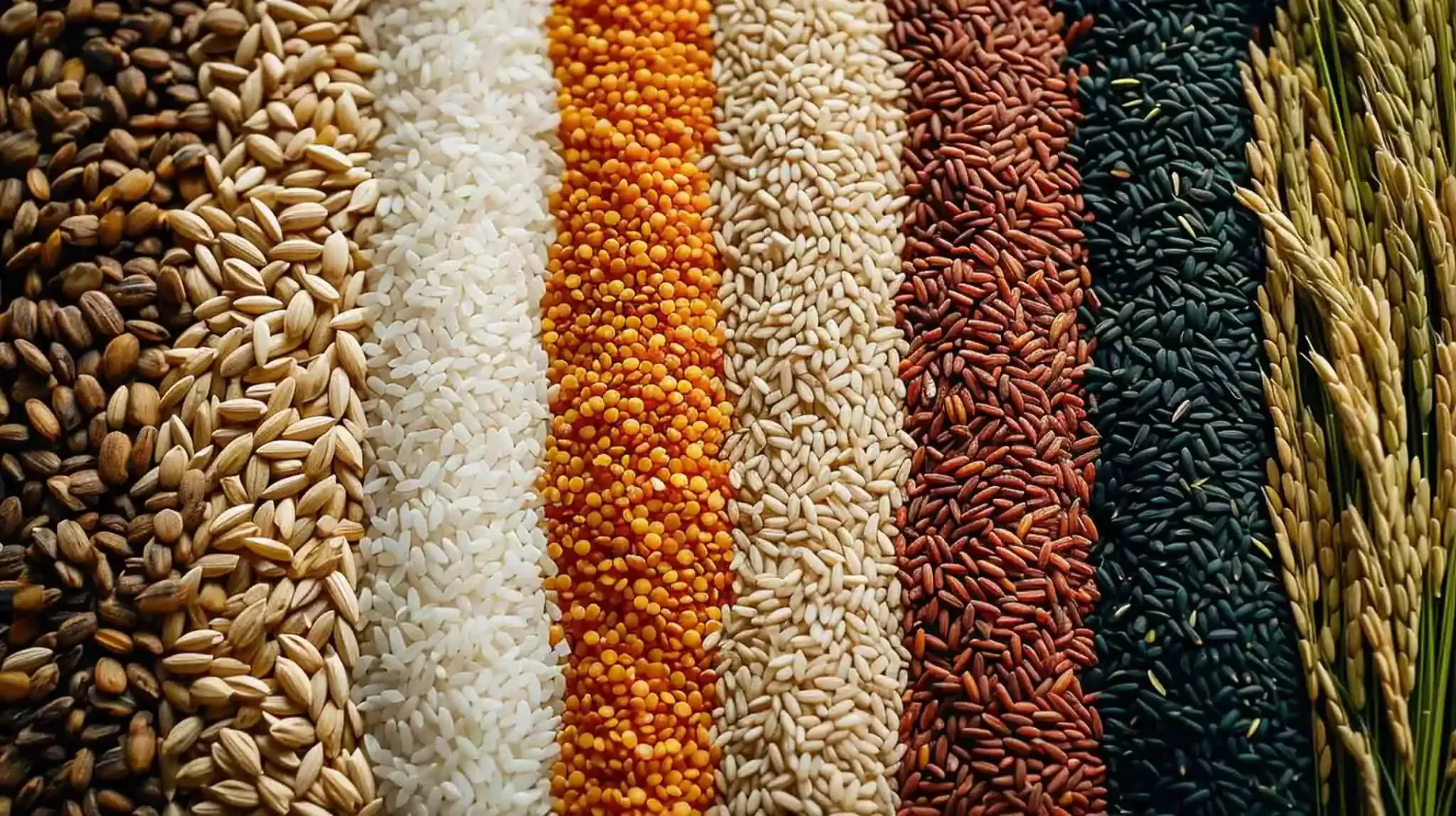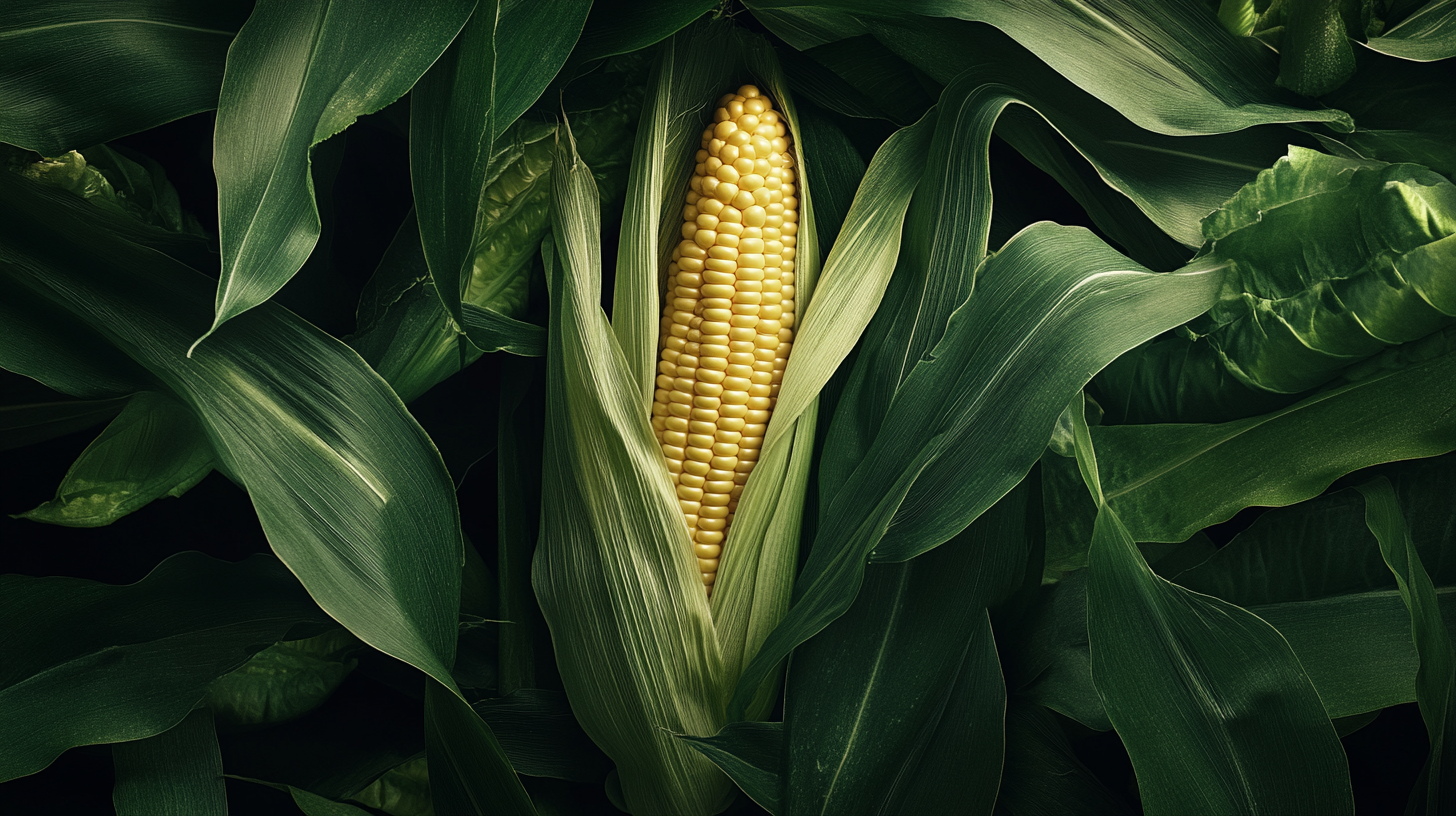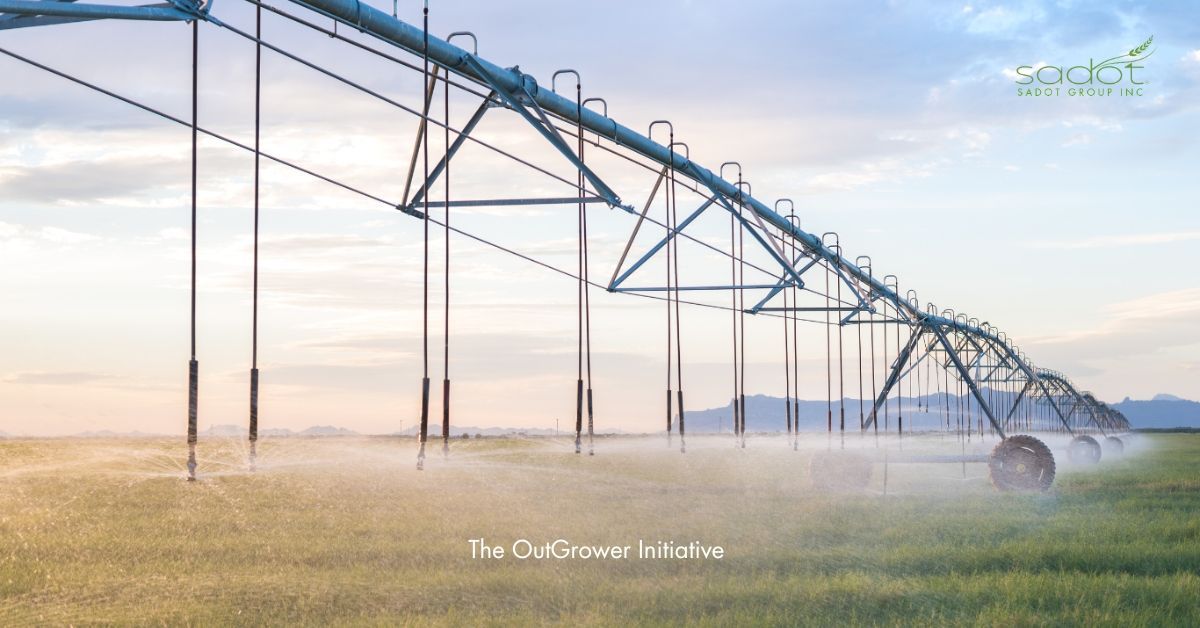Beyond Borders: The Impact of Conflict on the Global Food Supply Chain
Conflict and war that have broken out in various locations worldwide in the recent past, are creating pressures on global supply-chains. Beyond the immense human suffering and terrible loss these conflicts inflict on their respective populations, the ripple effects can have a profound resonance in our highly globalized world.
Over the years, the global food supply chain has evolved to become a marvel of modern logistics and international cooperation. It involves an intricate network of producers, distributors, and retailers working in concert to ensure that food from the farthest corners of the world reaches our tables. This system hinges on a seamless operation of trade routes – shipping lanes, ports, railways, and road networks – making it possible to transport food products across vast distances efficiently. The stability of these routes is paramount; they are the arteries that keep the global food supply chain alive.
Beyond the Battlefield: The Ripple Effects of Conflict on Global Food Prices and Availability
However, the seeming fragility of this system becomes apparent when conflicts arise. Conflicts, such as the ongoing wars in Ukraine and the Middle-East, demonstrate how quickly and severely disruptions can ripple through the global food supply chain. Ukraine and Russia, for instance, are significant exporters of wheat and corn, and the conflict has drastically affected their agricultural outputs and export capacities. Similarly, the war in the Middle-East has metastasized to the Gulf region, where commerce ships have been targeted by insurgents, resulting in several international shipping companies refusing to send ships through the Red Sea Suez Canal. These examples illustrate how geopolitical tensions can lead to trade blockades and restrictions, further destabilizing food distribution networks.

The direct impact of conflicts on trade routes and logistic networks is profound. They lead to the closure of key ports, the destruction of road and rail networks, and impose barriers to the free movement of goods. This results in delayed or halted shipments, leading to shortages and increased prices in global markets. The conflict in Ukraine, for instance, has led to a reduction of up to 22 million metric tons of grain from the usual export volumes, affecting global grain availability and pricing.
Moreover, countries that heavily depend on imports from conflict zones face immediate and severe shortages. This shortage forces them to turn to alternative sources, often at higher costs, thereby escalating food prices worldwide. The World Food Program has noted the escalating crisis due to the war in Ukraine, has driven up the costs of food, fuel, and fertilizers, to an almost unprecedented level, leading to world wide issues of food security and starvation.
Vulnerable Victims: How Conflict Exacerbates Food Insecurity for the World's Most Disadvantaged

Conflict is praticulary devastating for vulnerable groups who already face barriers to accessing food, healthcare, and social services. The dire consequences of conflict on food security are not just immediate but can have long-lasting impacts on the nutritional status and health of affected populations, embedding deeper inequalities and extending the timeline for recovery and rebuilding. the intersection of conflict and food insecurity can also contribute to a destabilizing feedback loop, where food scarcity can fuel further tensions and conflict, thereby perpetuating the cycle of violence and deprivation.
Building Resilience: Strategies for Mitigating the Impact of Conflict on Food Systems

Solutions to these challenges, while complex, are critical for enhancing the resilience of food systems affected by conflict. Diversification of supply sources allows companies to minimize their dependence on areas vulnerable to conflict, serving as a foundational step towards stability. The integration of advanced technologies for improved visibility across supply chains and the use of predictive analytics can also emerge as vital tools for forecasting and mitigating potential disruptions before they escalate. Finally, collaboration with local producers and the commitment to sustainable agricultural practices will further fortify local food ecosystems against the shocks of geopolitical unrest. These strategic initiatives not only address the immediate hurdles presented by conflicts but also pave the way for establishing a more resilient, adaptable global food network over the long haul. Such measures are essential to ensure food security and sustainability even in the face of adversity."
A Call to Action: Investing in Food Security for a Sustainable Future

While the ripple effects of conflict on global food systems expose the challenge of our interconnected supply chains it also underscore the profound connections that bind our modern world together. This duality of vulnerability and interconnectedness serves as a powerful reminder of the collective action required to enhance the resilience of our food systems against the backdrop of both human and natural adversities. Addressing this challenge calls for global collaboration, innovative approaches, and a commitment towards safeguarding our food security. As we navigate these complexities, the very conflicts that test our systems also illuminate the strength of our global ties, offering a unique opportunity to reinforce these bonds and ensure a stable, secure food future for all.
Join Our Newsletter
And be advised when new content is coming up
News Letter











